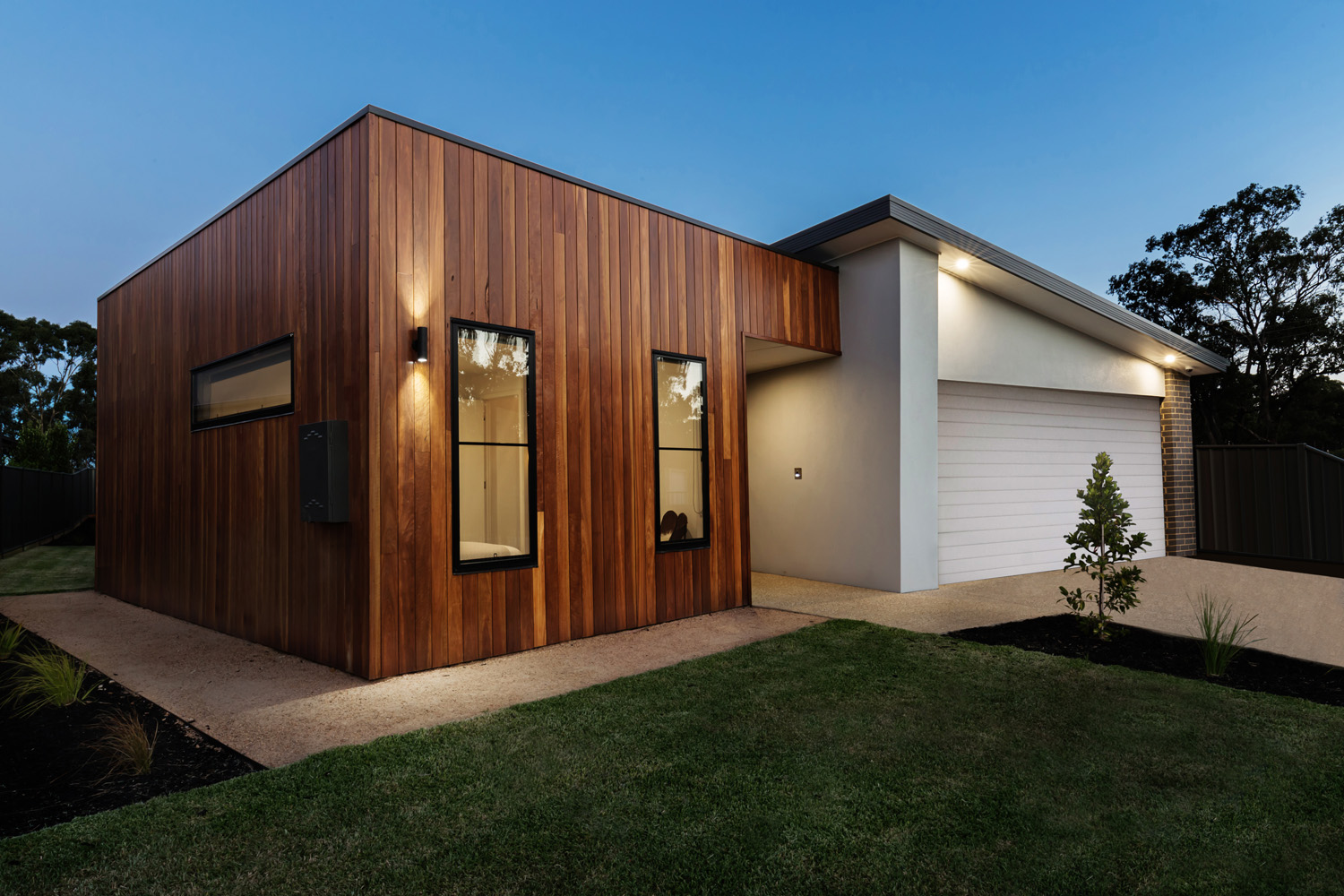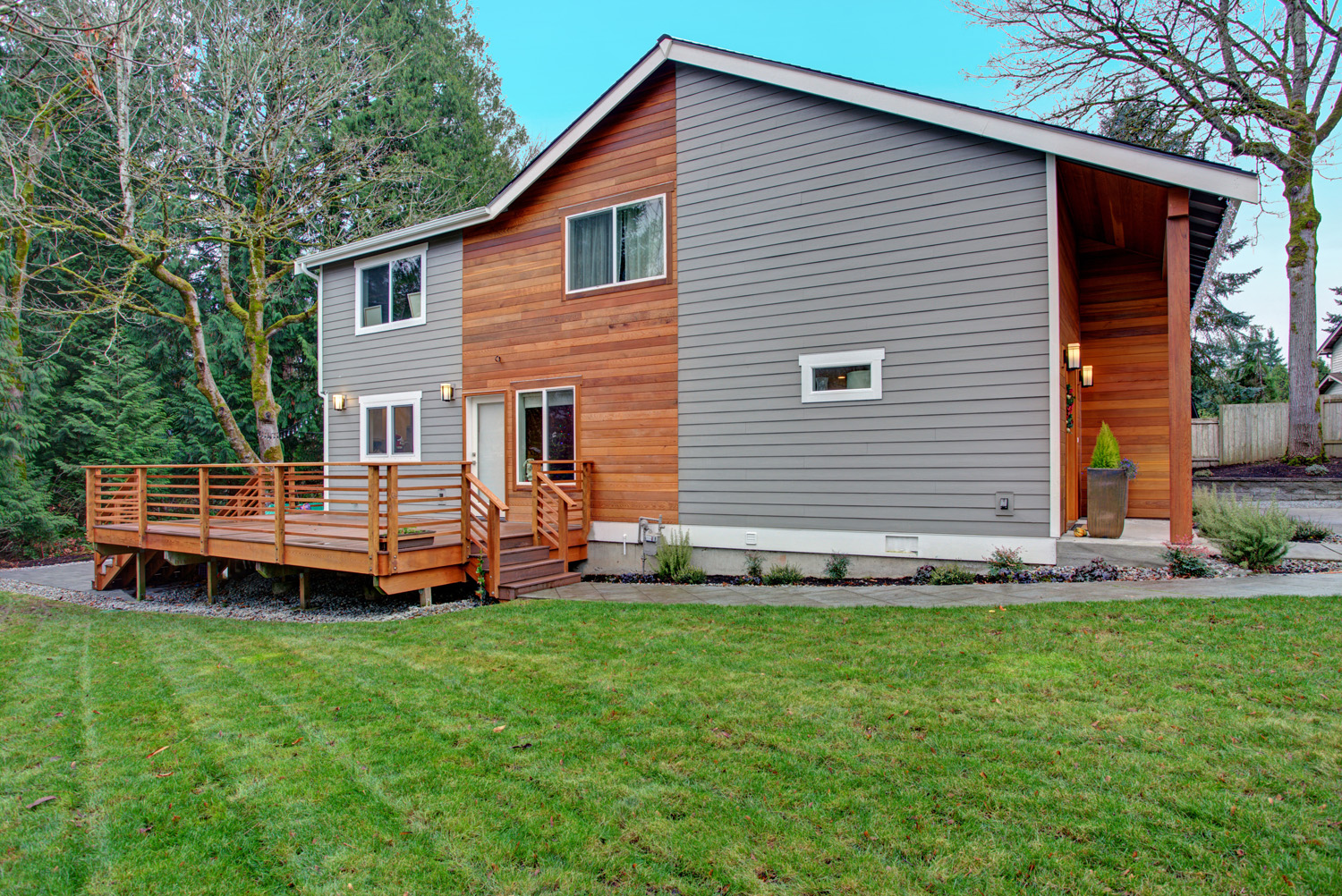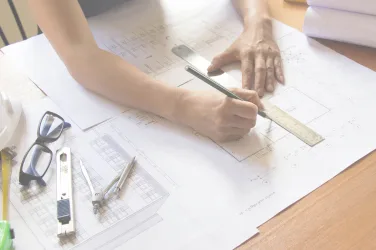When it’s time for new siding and which material is right for you
By Cheryl Alexander

Siding replacement or repair is one of the most important home improvements you’ll make as a homeowner. Choosing well will ensure that your house stays in the best condition possible. Good siding will prevent water and moisture from infiltrating your home, improve its energy efficiency, and keep your house looking great.
Homeowners are increasingly looking to new siding options that not only fit their lifestyle and budget, but also hold up against our region’s climate. A few considerations when selecting siding include water resistance, ease of installation, energy efficiency, aesthetics, and durability. For our area and climate, three materials routinely top the list.

Wood
Wood is beautiful and easy to work with and can last for generations. Consider however that maintenance (finishes and painting every few years) can add up.
HardiePlank
With a reputation for stability and low maintenance, HardiePlank (fiber cement) is engineered with attributes specific to climate. It resists expanding and contracting with changes in humidity and temperature. It’s also fire-resistant, wind proof, termite-proof, and rot-proof. A heavier siding, installation requires special techniques and tools that add to the cost. Finding a contractor with experience is key.
Stucco
Stucco looks great and will last a lifetime if maintained properly. Resistant to fire and insects, stucco won’t need to be repainted if it’s done right the first time. Conversely, installation requires a lot of prep work and requires an experienced professional.

If you’re not sure if now is the time to get this project started, here are some signs new siding is needed.
Cracks or Loosening
Exposure and wind can loosen siding. A professional inspection can help you determine whether to replace individual boards or sections, or determine if your whole house needs new siding.
Fading or Peeling
Siding should keep its shape and color for 8 to 10 years. If your home needs more frequent paint, it might be time to replace your siding.
Rot or Warping
To test for rot, insert a screwdriver gently under the boards and joints along gutters and chimneys to see if the material underlying the area is soft and easy to puncture. Also, tap on the outside of the siding with the handle of a screwdriver. If it crumbles, splits, or sounds hollow, this can indicate dry rot.
Holes or Other Damage
Storm damage from hail or even smaller holes from insects burrowing into the wood allow moisture underneath. Any growth—such as fungus, mold, algae or mildew—indicate moisture is penetrating siding and seeping into walls. Bubbles in exterior paint, water stains on interior walls, or evidence of water swell under wallpaper signal that your siding isn’t keeping the elements out of your home.
Whether you’re choosing the siding for your new house or updating your current home’s exterior, this important home investment will have a big impact on the exterior appearance and integrity of your home for years to come.









